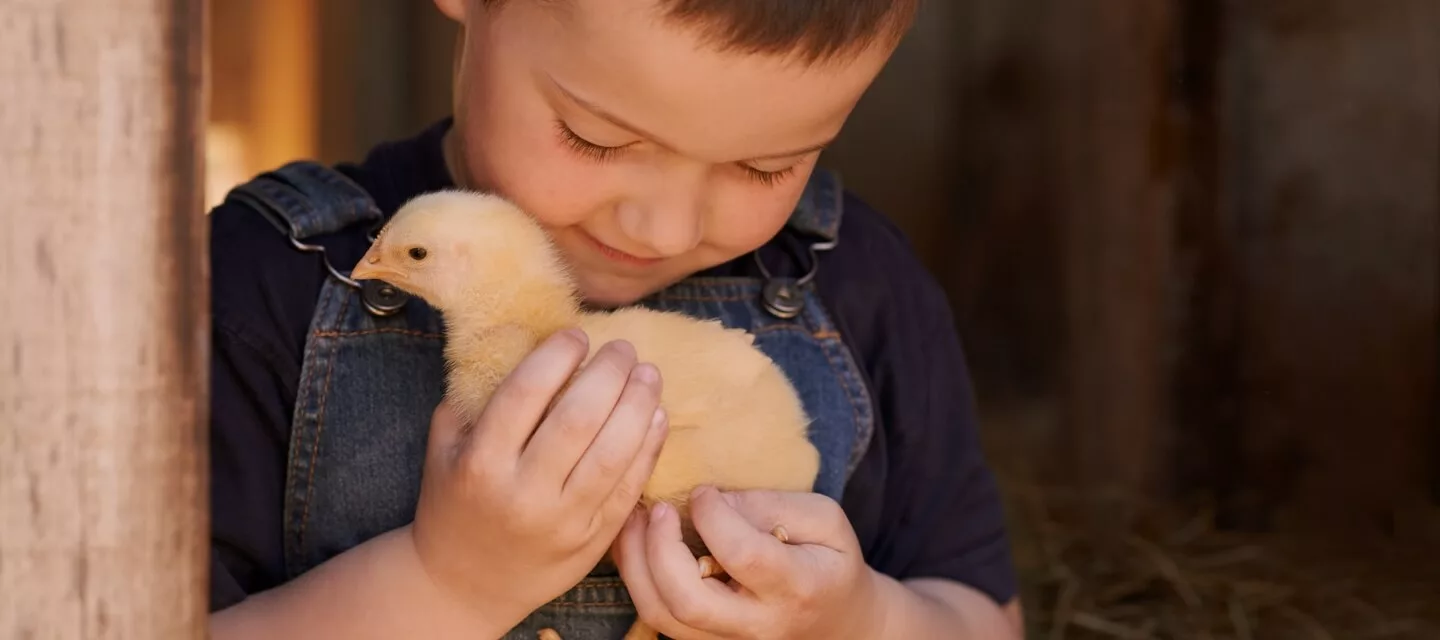Control (of disease)
Control of disease means the disease is present in a percentage of a herd or flock and antibiotics are administered to decrease the spread of disease in the flock/herd while clinically ill animals are treated.
Control of disease means the disease is present in a percentage of a herd or flock and antibiotics are administered to decrease the spread of disease in the flock/herd while clinically ill animals are treated.
CDC is part of Health and Human Services that is responsible for protecting human health and safety through the application of disease prevention and control measures, environmental health standards and the promotion of educational activities.
Bacteria are single-celled organisms that live in and around us. Bacteria are necessary for us to function normally, but in some conditions may cause sickness such as strep throat, ear infections, or pneumonia.
Antimicrobial stewardship (AMS) is the systematic effort to educate and persuade prescribers of antimicrobials to follow evidence-based prescribing, in order to stem antibiotic overuse, and thus antimicrobial resistance.
Antimicrobials are products that kill microorganisms or keep them from multiplying (reproducing) or growing. They are most commonly used to prevent or treat disease and infections due to microorganisms. Antibiotics are antimicrobials for bacteria.
Antibiotic resistance is the result of microbes changing in ways that reduce or eliminate the effectiveness of drugs, chemicals, or other agents to cure or prevent infections.
Antibiotic residue refers to molecules that remain in meat from animals that have been treated with antibiotics.
Antibiotics are powerful drugs that fight infections caused by bacteria. They are not effective against viral infections like the common cold, most sore throats and the flu.
Growth promotion means that the antibiotics are administered, usually in feed, to increase growth rates and improve feed efficiency. The goal of this is to maximize production from the animals and use fewer resources.
The standards and processes for reviewing pharmaceuticals intended for animals are the same in most respects as those used for reviewing drugs intended for humans. In fact, approval for both human and animal drugs is …

It is important to provide a window into the world of animal agriculture, knowing 98% of the U.S. population has no direct connection to agriculture. You’re invited to explore the blogs, videos and information on this site, which highlight advances in animal care, dispel myths and outline some of the challenges and opportunities ahead. Send questions and comments to Dr. Leah Dorman at AskDrDorman@pahc.com
FEATURE VIDEO
Never before have experts in human health, animal health and environmental health understood, as well as we do today, the deep connections between all three. Learn about the “One Health” approach to see the world differently.

